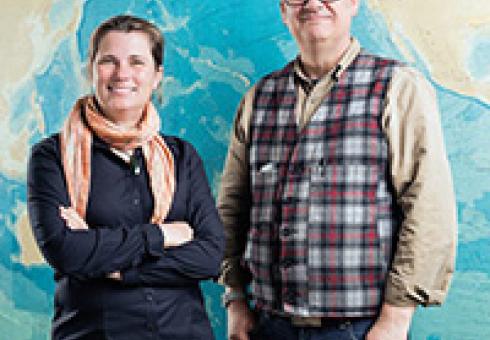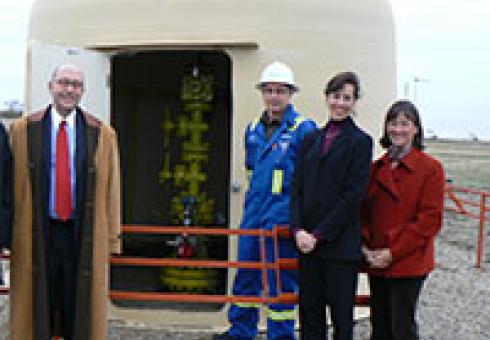News + Media
MIT researchers demonstrate new approach to designing location-specific emissions-control measures
Indian Prime Minister Narendra Modi expressed support for the enactment of the Paris climate agreement this year in a meeting Tuesday at the White House. Support for the agreement falls short of a commitment to ratify that U.S. President Barack Obama had been hoping for.
Modeling the diverse world of phytoplankton opens up a predictive view of our own
Climate scientists disagree on the impact of the Atlantic Multidecadal Oscillation—a 25-to-40-year cycle of cooling and warming of the Atlantic Ocean—on the frequency of hurricanes. Some expect the AMO to drive cooler sea surface temperatures and fewer hurricanes in coming decades, but others do not think the AMO works this way. EAPS Professor Kerry Emanuel, who is affiliated with the MIT Joint Program, believes that another factor—air pollution—has played a significant role in reducing hurricane activity.
Joint Program faculty model health benefits, economic costs of energy and climate policies
Research from MIT's Institute for Data, Systems, and Society uses data and models to better design and predict the outcomes of technologies and policies in the critical area of energy and environmental sustainability.
Joint Program Research Associate Howard Herzog on the future of carbon capture and sequestration
On the path to a low-carbon economy, most experts agree that a variety of strategies will be needed, from the dramatic expansion of wind and solar power to electrification or better biofuels for cars and planes. Some technologies remain more controversial than others, however. Carbon capture and storage — the idea of trapping carbon dioxide emissions from power plants and other industrial sources before they are released into the atmosphere and then storing them, usually underground — is one such widely debated approach.






